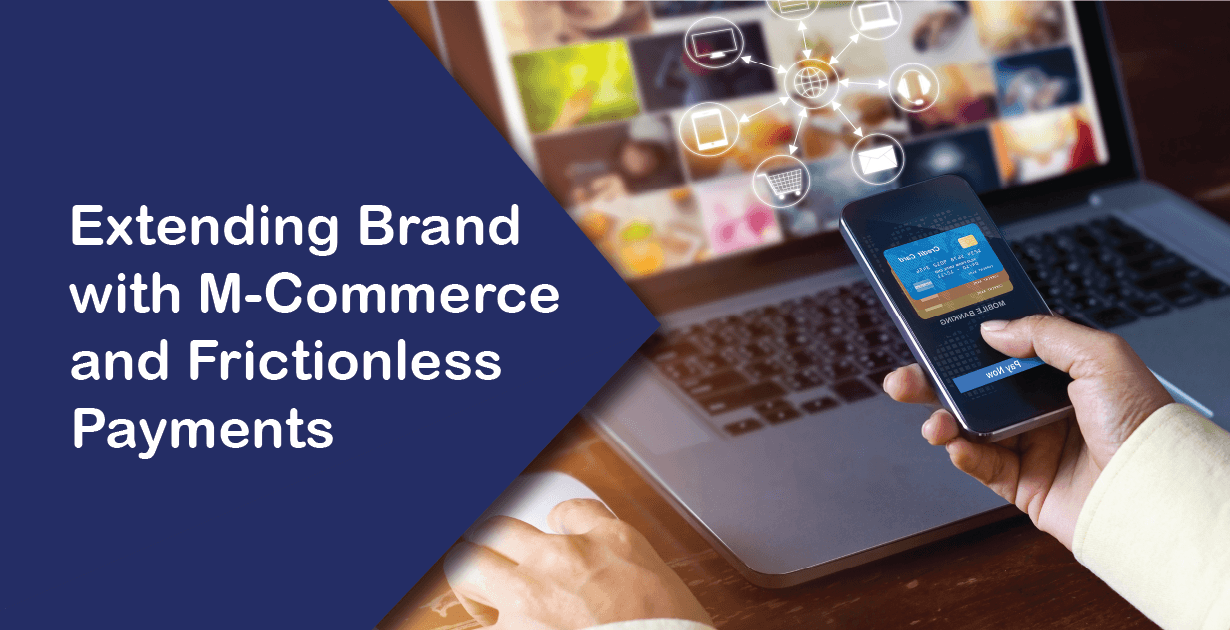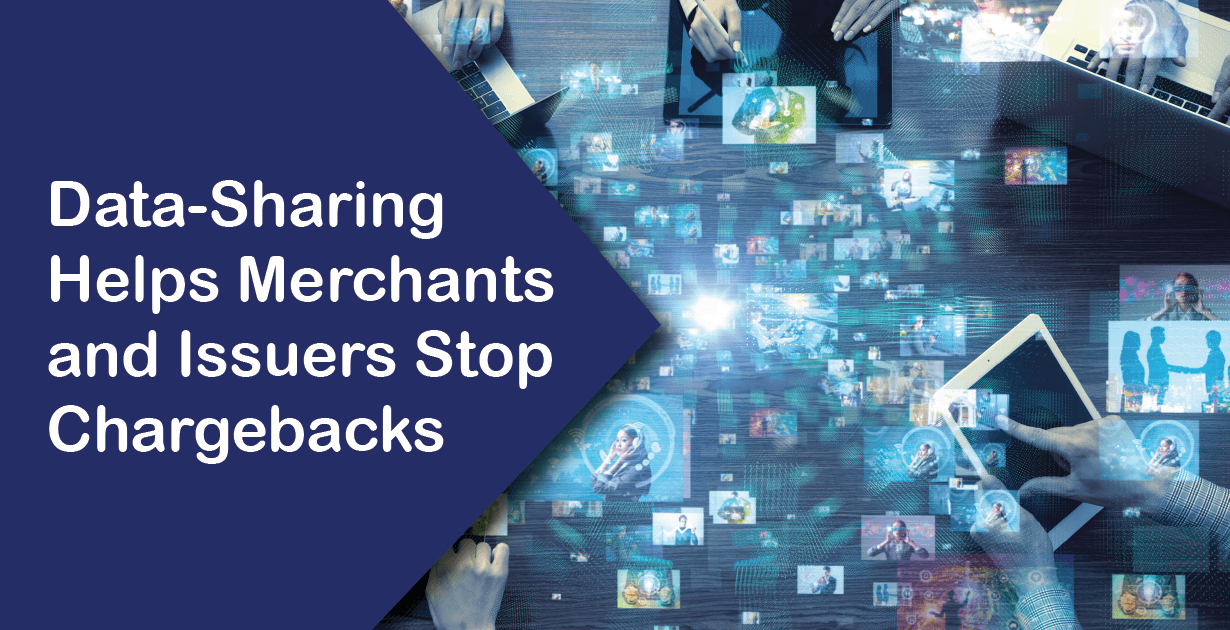We’ve been surveying the fintech landscape as we head into Q4 of 2018. We’ve looked at the future of lending and trends in insurtech and insurance using a crowdsourced content model where we went directly to the Tearsheet community for guidance. The articles have been received well, so now we’re turning our sights to payments and what 2019 has in store for the sector.
We received so many contributions that we had to split this series in two — this article focuses on the evolving transaction and our follow-up article will focus on the future of payments and the changing payment ecosystem.
Crypto
Eric Brown is founder and CEO of Aliant Payment Systems:
“I predict that mass adoption of cryptocurrency payments will be the biggest trend going into 2019. In the last year or so, we’ve seen merchants begin accepting cryptocurrency payments to enjoy a multitude of benefits that traditional payment methods don’t offer, including the ability to transfer funds quickly and inexpensively, simplified payments, more secure payments, and to gain a competitive edge. Not only are merchants now able to accept payments in crypto online, but in retail settings as well through the use of QR codes.With major merchants such as Overstock.com, Lord & Taylor, Expedia, Shopify, TigerDirect, NewEgg, and Dish Network already accepting cryptocurrency payments, consumers will become more comfortable making cryptocurrency transactions on websites they trust, and it’s only a matter of time before they use digital currency in other environments as well, such as in a retail setting. Blockchain payments will soon change the we do business and interact with companies on a personal level as well. The technology will be used in government, especially with taxes (this is already being implemented), private sector, and medical, as well as aerospace. Blockchain will also become commonly used for everyday transactions, including home and car titles, legal contracts, government contracts, retail inventory and distribution. I could go on and on.”
Frictionless payments
Matthew Katz is CEO of Verifi:
“Consumer adoption of mobile commerce and frictionless payments continues to place more demand on many merchants. We see this trend continuing in 2019, along with a rise in transaction disputes associated with m-commerce purchases. It is likely that fraud in traditional payment channels will continue to rise concurrently with the popularity of mobile transactions. Now, merchants must cement brand loyalty via their mobile channels, or it may become easier for consumers to commit fraud via m-commerce – from the commonplace “white lie” variety to outright deception. We believe that the extension of brand recognition, merchant contact information, and comprehensive transaction details will become more widely available on consumer banking apps in 2019. Sharing this information with issuing banks will be crucial to building brand loyalty and earning consumer trust through transparency, and ultimately it will dissuade and reduce fraudulent activity.”
Tyler Beuerlein is evp of Business Development at Hypur:
“I believe that we’ll see card-less payments gaining steam in the markets we deal with, particularly with a direct bank-to-bank transfer model. The aspect of payments that seems to fly under the radar is the compliance burden placed on the Financial Institutions processing those transactions. Innovation brings new regulatory compliance considerations for these Institutions. Those issues need to be addressed at the rate of innovation as they have are directly related.”
Payments focus on SMBs
Blair Jeffery is COO of Noventis:
“Virtual credit card payments will continue to become more widely accepted by small to medium-sized businesses (SMBs) as suppliers embrace the improved security and convenience of this digital payment method over paper checks. In 2019, FinTechs will serve this market by offering automated reconciliation and straight-through processing (STP) solutions. STP allows suppliers to electronically receive payment information for quicker, more secure and effective transaction processing. When businesses adopt STP solutions, errors are reduced as accounts receivable employees are freed up from manually entering information and verifying whether a transaction has fully processed.
Existing fintech solutions do not effectively serve the needs of SMBs, such as simplifying user interfaces, minimizing the authentication processes, and facilitating the downloading of remittance information to commercially available products like QuickBooks, Xero and others. In order to serve SMBs, FinTechs in 2019 will become much more creative and flexible in their approach to developing new tools and systems for this market.”
Vinay Pai is svp of engineering at Bill.com:
“Small businesses will increasingly use more global supply chains. They have international suppliers for raw goods, and these suppliers want to be paid on-time and in their local currencies.
Payment speed and convenience are table stakes. Freelancers and contractors want to be paid quickly and with direct deposit. With low unemployment, contractors will prefer vendors who are good payers. Forget Net-30. How about getting paid in 1 or 2 days?
Everything is integrated, why aren’t my payments? No one wants to enter the same data in different systems. Automatic integration and reconciliation with accounting software is expected, and not a nice-to-have.
Machine Learning is gaining widespread adoption. Small businesses don’t fear the robo apocalypse. ML will help them identify better customers and improve their business; and AI will substantially reduce data entry.
Blockchain and Distributed Ledgers will endure even if crypto currencies disappear. Blockchain/DLT will simplify vendor-to-vendor payments and international payments and will become more common place in ~12 months. Smart contracts will streamline commerce by simplifying contract terms and facilitating faster payments upon receipt.”
Healthcare payments influence switching healthcare providers
Deirdre Ruttle is the vice president, strategy at InstaMed
“65 percent of consumers would consider switching providers for a better healthcare payments experience according to the Consumer Healthcare Payments Survey cited in the InstaMed Trends in Healthcare Payments Eighth Annual Report. This consumer sentiment and what it could mean for providers and payers is indicative of healthcare consumerism trends.
As 2019 approaches, InstaMed is seeing a strong demand for a consumer healthcare payment experience that is on par with the best retail payment experiences. The experience has to be convenient, offer multiple options for payment channels and methods and meet the highest standards of security. As consumer payment responsibility continues to increase, InstaMed is also seeing a strong trend toward the demand for automation. For instance, automated payment plans are important for the significant number of consumers with high deductible health plans who must pay larger balances for their healthcare services, while consumers with smaller balances tend to prefer the no-hassle approach of automatic payments.”
Alternative lenders and collections
Eden Amirav is CEO and co-founder of Lending Express:
“Alternative lenders are already investing in developing smart, in-house collection solutions or using third party companies to simplify the collection process for them and for the borrower. This will continue in 2019, meaning loan payments will be increasingly consolidated onto a single platform that includes borrower’s financial information, facilitates mobile loan payments, and sends automatic digital updates about payment deadlines.”
Digital payments
Dean Wallace is practice lead for real-time & digital payments at ACI Worldwide:
“With real-time payments rolling out everywhere, the next phase is actually riding those new rails and replacing some outdated modes of payment type. Cheque, paper invoices, cash and, dare we say it, plastic? Theadoption of real-time payments is enabling the movement of funds in mere seconds, even milliseconds. This is perfectly coupled with the absolute ubiquity of mobile and internet in the new digital age. Bringing real-time payments together with digital is made all the more easier with APIs (application programming interfaces, for the uninitiated – an easy and secure way to connect between systems) becoming the market new norm and epitomizing sound digital technology. The potential to replaceoutdated payment experiences with promises of vastly improved customer experience, near eradication of fraud, drastically reduced chargebacks, easy merchant acceptance and point of sale queue-time removal, will see the pace of market exploration and digital payments adoption pick up in 2019. The markets that are already doing this, like India and parts of South East Asia, will continue to increase transactional volume. Europe’s PSD2 directive comes online towards the end of 2019 and so we will see early adopters there, including updates to existing non-card rails. The U.S. and Canada aren’t far behind with their own initiatives too.”
Chris Jones is CEO at Youtap:
“As countries try to reduce the use of cash, in particular in Southeast Asia, we believe that the emphasis on consumers first is limiting the uptake of services. It’s time to focus further upstream with merchants. Developing data infrastructure to ensure merchant success will be the biggest trend for payments. Rewards, interoperability, and supply chain savings will be the key drivers which incentivize merchants to go digital and ensure payment ecosystem success in 2019.”
Connecting payments to AP
Nilay Banker is founder & CEO of Inspyrus
“As we head closer to 2019, one of the biggest issues impacting organizations is that payment solutions are fundamentally disconnected from invoice automation, supplier enablement and dynamic discounting solutions which are essential to modern accounts payable (AP) processes. AP operations face significant challenges managing payments to their suppliers, as most are made via paper checks — a time-consuming, expensive and inefficient process. Some organizations have started to make ePayments through their banks, however they don’t provide the technology and services required for a successful AP payment program. Banks lack the focus and resources required for continuous ePayment adoption, leaving customers to manage multiple payment methods, payment reconciliation and updates to supplier data.
With so many payment rails – and with buyers and suppliers in so many different places on their digital transformation journeys – how can a company’s AP department in 2019 ensure that vendor relationships remain strong, while navigating differing payment needs?
The answer is combining essential invoice processing services into one solution, delivering fully integrated invoice automation, payment automation, dynamic discounting, and supplier enablement. This provides a single application for managing the entire process from invoice capture through to payment reconciliation—eliminating the burden on AP & IT and maximizing cash-back rewards. Customers no longer have to switch between two different applications to handle invoice processing and supplier payments. Moving forward, organizations must pursue the new – as in “the truly better way” that challenges conventional business-as-usual thinking. Implementing incremental improvements to make payments more efficient is not innovation. It may produce some productivity gains, but for real change and innovation to occur, organizations must take a fundamentally new approach to invoice processing and supplier payments that breaks away from legacy technology and solutions.”
Faster payments
David Keenan is svp, product management, card services at Fiserv:
“The number one biggest trend in the payments business going into 2019 is the move to faster funds.. Also commonly known as the move to real-time payments, the ability for consumers and businesses to debit and credit funds between accounts in real-time will have seismic implications across multiple payment ecosystems. For example, the ability to distribute funds in real-time will enable business to consumer and government to citizen use cases that disrupt ACH-based payments and improve customer satisfaction. Businesses will choose to get paid via real-time funding, causing a rethink of traditional roles in point of sale acquiring and value exchange. Importantly, risk and financial crime management solutions will have to dramatically upgrade to handle the volume and nature of activity expected in an environment where funds can be irrevocably moved and retrieved instantaneously.”
Rob Eberle is president & CEO of Bottomline Technologies:
“There are several trends, such as faster payments, open banking and the cloud, that are driving a digital transformation of business payments, but the most important is the expectation of the customer. Today’s payment leaders have become accustomed to leveraging technology for a variety of everyday tasks. This drives change in business payments but it also means business payment technology must be able to meet the established consumer expectation of convenience, speed, flexibility, intelligence and security.”
Restaurant payments get intelligent
Gordon Gardiner is CEO of TableSafe:
“Business intelligence, and by that I mean the gathering of data about both the customer voice as well as business analytics, is what every effective restaurateur needs today. The focus has been on security, which remains important, but ultimately a restaurant has to run efficiently and understand its customers. Certain pay-at-the-table solutions offer the ability to put business intelligence to work in a way that not only is convenient for the customer but also enhances the restaurant aesthetic. Incorporating technology into the dining experience is happening now, to the benefit of the restaurants and their customers.”
Payments bridge the digital and physical world
Raj Rajgopal is head of the Digital Business Strategy Group at Virtusa:
“Payments is the foundation in the disruption of industries as businesses seek to expand their services to customers by moving into adjacent businesses. In 2019 payments companies like Amazon Pay, PayPal, and others will bridge the digital and physical world by offering merchants the ability to accept digital payments online and at retail stores. They will also expand beyond payments by offering value added services, such as credit and insurance, at the point of sale. Payments will also become more frictionless (faster and cheaper) allowing platform players like FAANG (Facebook, Amazon, Apple, Netflix and Google) the ability to stitch together additional services such as ecommerce, personal services (dating, laundry, parking, etc.), travel, entertainment, insurance, media and financial services together thus gaining a tighter grasp of customers by monetizing them through timely and relevant offerings.”
Mobile payments
Mary Ann Miller is head of fraud strategy for Varo Money:
“Over the last decade mobile payments have transformed global banking in a major way. More recently, the transformation and modernization of payment platforms, rails and messages have provided banks and financial institutions with an opportunity to roll up their sleeves and fill the whiteboard with innovative products and services that elevate the mobile banking experience to new heights.
These new payment messages will ultimately allow a flexibility that financial institutions — large and small — can finally be excited about. Imagine attaching an invoice with a request for payment for a small business, a consumer putting a down payment on a car or an insurance company transferring emergency funds to a consumer in a matter of seconds — These are just a few of the many innovations that will soon become a reality.”
Fully integrated commerce
Matthew Vettel is managing partner at Great Hill Partners:
“Many articles are written about “omni channel” payment management solutions, but these solutions require changing bank relationships, changing existing POS devices, and/or creating custom dashboards. The omni channel problem can be effortlessly solved without the incremental costs and headaches with a fully integrated ecommerce and diverse POS device transaction management for enterprise solution.”







